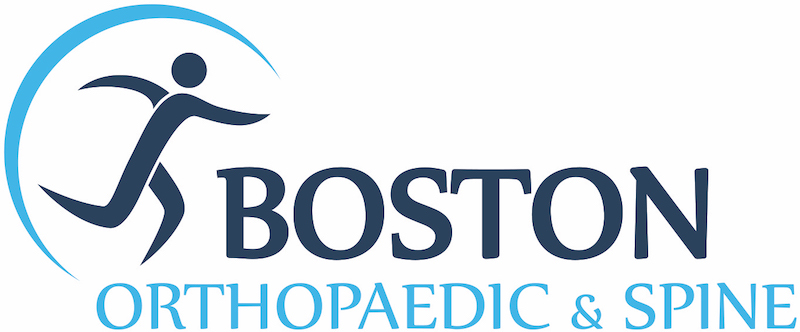A Guide: Understanding The Basics of Orthotics
All blogs reviewed by Physicians for accuracy.
Orthotics are medical devices designed to provide support, correct alignment, and improve the function of the foot, ankle, and lower extremities. Patients considering orthotics often have numerous questions about their use, effectiveness, and impact on daily life. In this article, we will address some of the most common questions to help you make an informed decision about whether orthotics are the right choice for you.
What are orthotics and how do they work?
Orthotics are custom-made devices inserted into footwear to support the feet and correct biomechanical imbalances. They work by redistributing pressure, providing cushioning, and improving alignment. By addressing these issues, orthotics can help alleviate pain, enhance mobility, and prevent further complications.
What conditions can orthotics help with?
Orthotics can help with a variety of conditions, including:
- Flat feet or high arches
- Plantar fasciitis
- Achilles tendonitis
- Bunions and hammertoes
- Metatarsalgia
- Diabetic foot ulcers
- ArthritisLeg length discrepancies
How are orthotics prescribed and customized for patient needs?
Orthotics are prescribed by a healthcare professional, such as a podiatrist or orthotist, after a thorough assessment of your medical history, gait, and foot structure. This evaluation may include a physical examination, imaging studies, and a biomechanical assessment. Based on these findings, the practitioner will determine the most appropriate type of orthotic for your needs and design a custom device to fit your unique foot shape.
What types of orthotics are available?
There are two main types of orthotics: functional and accommodative. Functional orthotics are designed to control abnormal motion and improve biomechanics, while accommodative orthotics provide cushioning and support to relieve pressure on specific areas of the foot. The best type of orthotic for you will depend on your specific condition and needs.
How long does it take to get used to wearing orthotics?
Adapting to orthotics can vary from person to person. Generally, it takes about 2-4 weeks for most people to adjust. It’s essential to follow the break-in period recommended by your healthcare provider, gradually increasing the time you spend wearing the orthotics each day.
Can I wear orthotics with any type of footwear?
Orthotics work best with supportive, well-fitting shoes that have enough space to accommodate the device. While many types of shoes can work with orthotics, some footwear, such as high heels or sandals, may not be suitable. Consult your healthcare provider for guidance on the best shoe styles for your specific orthotic.
How often will I need to replace my orthotics?
The lifespan of orthotics can vary based on factors such as the materials used, the level of activity, and the wearer’s weight. On average, orthotics should be replaced every 1-2 years, but it’s essential to consult your healthcare provider for personalized recommendations.
Are there any potential side effects or risks associated with using orthotics?
Some individuals may experience temporary discomfort or pressure points while adjusting to orthotics. However, most side effects are minor and resolve with time. If discomfort persists or worsens, consult your healthcare provider for further evaluation.
Will my insurance cover the cost of orthotics?
Insurance coverage for orthotics varies depending on your specific plan and the medical necessity of the devices. It’s essential to consult your insurance provider to determine your coverage and any out-of-pocket costs.
How long will it take for me to see improvements in my condition with orthotics?
The time it takes to notice improvements can vary based on the severity of your condition and your individual response to treatment. Some patients may experience relief within a few days or weeks, while others may require several months for more noticeable improvements. Consistent use of orthotics and following your healthcare provider’s recommendations will yield the best results.
Can I participate in sports or other physical activities while wearing orthotics?
Yes, orthotics can be worn during sports and physical activities. In fact, they may help improve performance and reduce the risk of injury by providing additional support and alignment. It’s important to ensure your orthotics are designed to accommodate the specific demands of your chosen activity, and you may need sport-specific orthotics for optimal results.
How do orthotics differ from over-the-counter shoe inserts?
Orthotics are custom-made devices designed to address specific biomechanical issues and are prescribed by a healthcare professional. Over-the-counter shoe inserts are pre-made, off-the-shelf products that provide general support and cushioning but are not tailored to your unique needs. While over-the-counter inserts can provide some relief, they may not be as effective as custom orthotics for addressing specific conditions or biomechanical imbalances.
Will I need to wear orthotics for the rest of my life, or can I eventually stop using them?
The duration of orthotic use depends on the underlying condition, its severity, and your response to treatment. Some individuals may require long-term use to maintain proper alignment and support, while others may need orthotics only temporarily as part of a broader treatment plan. Your healthcare provider can offer guidance on the expected duration of orthotic use based on your specific circumstances.
How do I know if my orthotics are working effectively and providing the right support?
Effective orthotics should help alleviate pain, improve mobility, and provide the desired support and alignment. You may notice a reduction in discomfort, an increased ability to perform daily activities, and improved overall foot function. If you don’t see these improvements or if you experience new or worsening symptoms, consult your healthcare provider for further evaluation and possible adjustments to your orthotic devices.
Orthotics can be an effective treatment option for a range of foot and lower extremity conditions. By understanding the answers to these common questions, you can make an informed decision about whether orthotics are right for you. If you’re considering orthotics, consult a healthcare professional for a comprehensive assessment and personalized recommendations.
